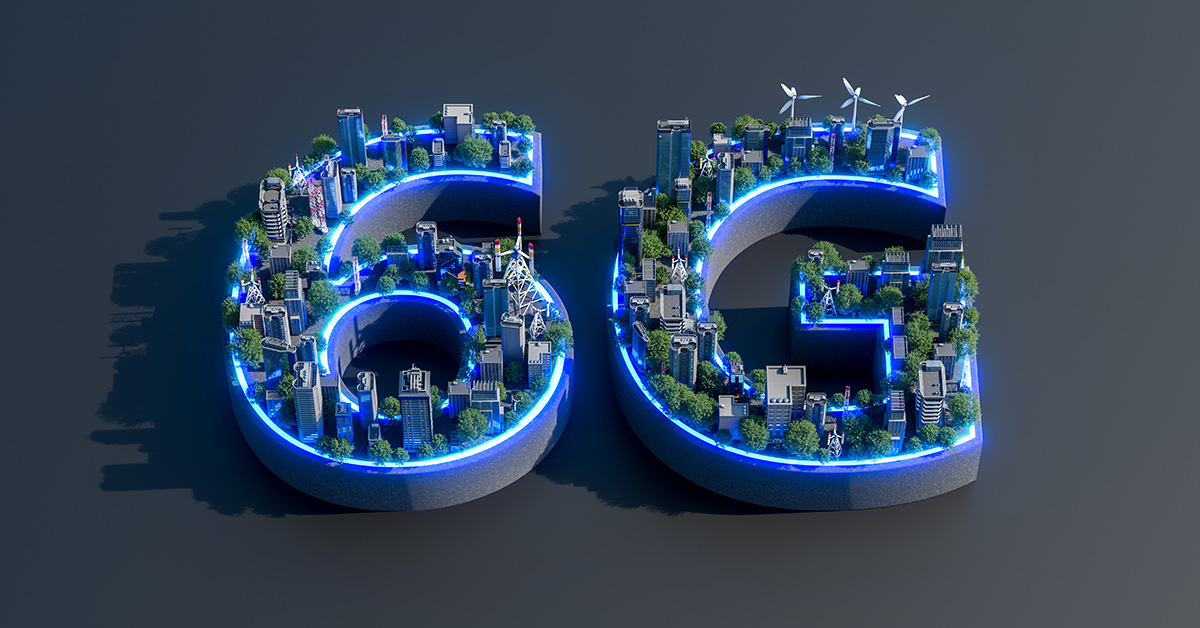How the Rise of AI Drives New Business Models

Artificial intelligence (AI) technology advancements are driving escalating adoption rates across a wide swath of industries. Apple has even incorporated AI intelligence into their new iPhone, iPad, and Mac products. In fact, it’s now estimated that the top 2000 global organizations will spend more than 40 percent of their core IT budget on AI-related initiatives by 2025.
The AI revolution is certain to drive substantial innovations, fundamentally changing the way businesses operate. How can savvy enterprises make the most of this digital transformation to drive profitability?
AI Opportunity
In large part, the appeal of AI technology stems from the potential for significant process improvements leading to efficiency gains and data insights. Generative AI, machine learning (ML) models, digital twins, and other intelligent tools make workflows more efficient and sustainable. Business applications leveraging AI algorithms range from Industry 4.0 automation, supply chain logistics, and predictive maintenance, to cybersecurity enhancements, improved worker safety, optimized customer service, and streamlined HR recruitment.
Moreover, AI-driven data analytics offer the capability to accurately and efficiently analyze large data sets from across the organization. This intelligence enables enterprises to quickly gain valuable business insights and interpret trends for more informed decision-making — from manufacturing and transportation, to hospitality, retail, and beyond. With AI-powered data analytics, businesses also can reduce costly downtime, improve quality control, forecast demand, increase energy efficiency, optimize processes, and build a more resilient supply chain.
Access Everywhere
To successfully employ AI technology, business leaders need company-wide data collection and reliable, end-to-end network integration of tools and applications in the cloud. The advancement of private 5G greatly facilitates this integration. With faster data speeds and high reliability, private 5G offers a superior alternative to Wi-Fi networks, which are prone to interference and security breaches, leaving too much to chance.
Private 5G network deployment provides dedicated bandwidth, scalable capacity, and reliable security, delivering pervasive mobile and internet of things (IoT) connectivity that extends across the manufacturing floor, throughout buildings, and campus-wide. Private 5G networks offer an ideal opportunity for manufacturers to build out connectivity tailored to their specific needs affordably, particularly when using the Citizens Broadband Radio Service (CBRS) spectrum. With high accuracy and ultra-low latency, private 5G empowers innovative, automated AI applications and mission-critical use cases for improved productivity, streamlined operations, and enhanced profitability.
For example, 5G-equipped autonomous mobile robots (AMRs) using AI-enabled image recognition can identify objects and safely navigate across the factory floor, improving logistics and material handling. Harnessing the power of AI and data analytics, an organization can deploy an entire AMR fleet to efficiently control the flow of materials throughout their facility. This type of AI-powered technology also lends itself to more challenging activities, such as those taking place in hazardous environments.
Mission-Critical Connectivity
To ensure safe and effective use of AI everywhere, robust mobile connectivity is vital. Imagine, if you will, what would happen if your AMR fleet or environmental monitoring systems suddenly lose connectivity due to unreliable Wi-Fi or spotty coverage from nearby mobile networks. This not only could potentially endanger workers, but also would result in missed deadlines and lost profits.
Today’s manufacturers, enterprises, retailers, and other organizations need reliable connectivity everywhere in order to leverage the latest intelligent technologies, data analytics, smart automation, and 24x7 visibility in their operations. By deploying a neutral host SOLiD ALLIANCE 5G Distributed Antenna System (DAS) solution, they can achieve seamless in-building coverage that supports private 5G / LTE networks, as well as commercial cellular that works with all the major mobile service provider frequencies. With a scalable architecture, SOLiD’s DAS solutions offer maximum flexibility for easy upgrades and long-term value, built on a history of reliable, sustainable solutions.
Inflection Point
AI technology growth and evolution is reshaping the way we do business by increasing overall efficiency, enhancing decision-making, and vastly improving both productivity and profitability. Reliable, ubiquitous in-building mobile connectivity is key to enabling this future vision, and SOLiD is paving the way to true digital transformation, delivering the most efficient, sustainable, cutting-edge technologies. To learn more, visit: https://solid.com/us/industries/manufacturing.
What's the Story With 6G?

Mobile 5G adoption is growing faster than any other previous generation of wireless technology. There were 119 million 5G connections in North America alone at the end of 2022, and experts predict there will be 5.9 billion 5G subscribers worldwide by the end of 2027. With so much excitement around 5G, you might think that the telecommunications industry would be satisfied to focus on the current mobile generation for a while. But you would be wrong.
Even as 5G is still in the early stages of roll-out in parts of the world, hype is building around 6G. Expectations for 6G run the gamut from just a faster version of 5G to a "sixth sense experience for humans and machines." But what can we really expect from 6G… and when?
What is 6G?
Each wireless generation has focused on offering faster speeds, improved connectivity, and reduced latency. Next-generation 6G mobile technology is a natural progression from 5G, just like 4G evolved from 3G. Building on today's state-of-the-art technology, 6G is expected to further expand data capacity and speed – reportedly up to 1,000 times faster than currently available 5G service – with lower latency as well.
When we think about the capabilities that 5G enables, it's reasonable to assume that 6G will continue advancing mobile technology… sort of like 5G on steroids. That might mean greater connectivity for smart cities and farms, more immersive virtual reality (VR), artificial intelligence (AI) in every device, and everyone making the daily commute in autonomous cars.
However, some pundits predict even bigger technology leaps may be possible with 6G, such as life-like, hologram video calls, a connected exoskeleton, or an extension of the Internet of Things (IoT) to outer space. Others speculate that 6G will usher in a true merging of the digital and physical worlds to create a seamless cyber-physical continuum with extended reality (XR) technology. And some expect 6G will enable "real-time human thought and action in cyberspace." But that's a pretty nebulous concept that may simply refer to more powerful augmented reality (AR), like today's vision of the metaverse.
When Do We Get There?
Despite all the hype around 6G, getting from here to there will require significant advancements in mobile network technology. To accomplish even a fraction of these potential use cases, networks will require more data speed and bandwidth, lower latency, greater reliability, massive machine-to-machine connectivity, and extended coverage range versus today's 5G. Additionally, futuristic visions of immersive telepresence experiences will require spatial mapping with precise positioning and sensing capabilities.
In addition to enhanced architectures, 6G mobile networks will need access to new radio frequencies that aren't already cluttered with existing consumer devices. In 2019, the Federal Communications Commission (FCC) agreed to open up spectrum between 95GHz and 3 Terahertz (THz), noting that this would enable massive data capacity to allow for centimeter-level positioning to support drone fleets and robotics controls in 6G and beyond. However, licenses in this spectrum range were offered for experimental use only for a ten-year term, with no decisions made about when - or if - commercial licensing would happen.
Evolution from one "G" to the next takes considerable time and effort. Requirements range from spectrum licensing and network architecture development, to standardization, cell site planning, deployment, and field testing. In fact, standards guiding the next stage of 5G technology, known as 5G-Advanced, aren't expected to be completed before the end of 2025. The jump from 5G to 6G will likewise require years of research.
So, with all that in mind, when can we expect to actually see 6G? Today's best estimate is that the first 6G networks will begin to appear around 2030 at the earliest.
In the Meantime…
The next mobile generation is a natural progression towards faster and better wireless connectivity, but 6G won't become a reality as quickly as the hype might suggest. For now, we have barely scratched the surface of 5G features and capabilities, with a lot more progress to be made. To better understand the advantages of 5G, and how to leverage this real-world technology for optimized in-building DAS connectivity today, visit: solid.com/us/seeking-middle-ground-for-5g-bandwidth.